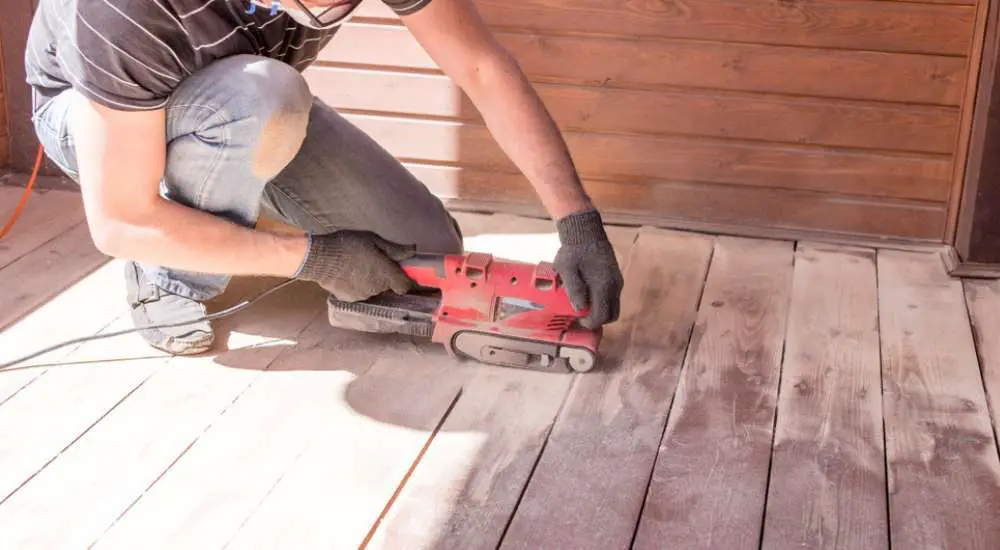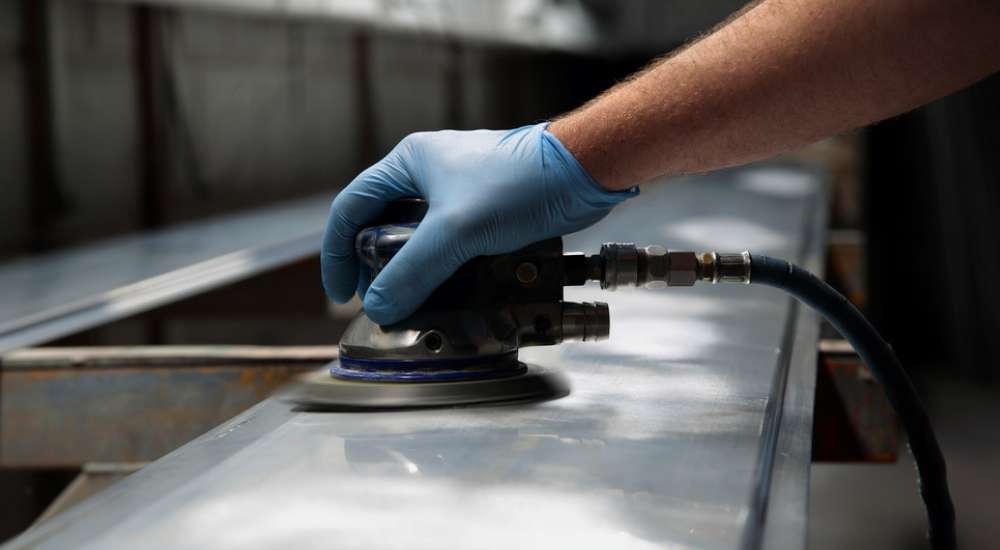How To Build A DIY Dust Collection System
Author:
Published:
Updated:
Affiliate Disclaimer
As an affiliate, we may earn a commission from qualifying purchases. We get commissions for purchases made through links on this website from Amazon and other third parties.
About the author
2 responses to “How To Build A DIY Dust Collection System”
-
[…] simple terms, the Dust collector is a machine that can collect dust straight from the environment. It is mostly used in industrial […]
-
[…] An excellent dust collection system […]




Leave a Reply